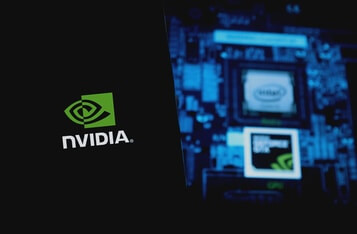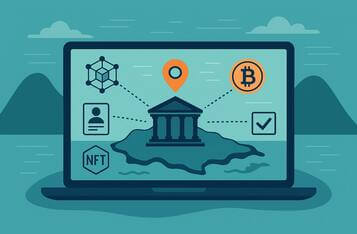Wormhole Implements Flow-Canceling Governor to Enhance Transaction Efficiency
Wormhole, a leading interoperability platform, has introduced the Governor V2, a flow-canceling Governor mechanism designed to address congestion issues and improve transaction efficiency across its supported blockchains. This new feature focuses on net flows to minimize delays and enhance transaction throughput while maintaining security, according to Wormhole.
The Need for a Flow-Canceling Governor Mechanism
Wormhole's existing rate-limiting mechanism, known as the Governor, places an upper limit on the total USD-denominated outflow of a chain within a 24-hour window. However, with increasing usage, several chains frequently hit their Governor limits, causing delays and user frustration. This congestion is often due to non-fraudulent activities like arbitrage and settlement, which consume Governor limits, reducing their effectiveness in mitigating risks.
Flow-Canceling Design
The flow-canceling Governor mechanism aims to alleviate these issues by accounting for both inflows and outflows. Here’s how it works:
- Measuring net flow: The Governor will now consider inflows alongside outflows. When assets flow into a chain, the Governor reduces the limit utilization, effectively canceling out the outbound flows that increased it initially. Only net flows (the difference between inflows and outflows) will be constrained.
- Net flow handling: For transactions where the net flow is zero, such as when users move a fixed amount of assets in and out of a chain, the new behavior will prevent these flows from consuming Governor limits.
- Reputable assets: The flow-canceling feature is initially enabled for a subset of stablecoins, allowing for improved net flow management while retaining security benefits.
Benefits of the Flow-Canceling Governor
This new mechanism offers several advantages:
- Users will no longer face delays when the net flow is below the Governor limit for a given chain.
- Wormhole can support increased transaction flow in both directions without raising Governor limits.
- The protocol maintains lower limits, reducing risks and better guarding against vulnerabilities.
- Participants like Guardians, Contributors, and Builders can focus more on developing interoperability solutions rather than managing Governor limits.
Backtesting Analysis
Wormhole conducted a mock implementation of the flow-canceling strategy against historical VAA flows, revealing that net flows were significantly lower than those observed in a simple outbound strategy. This indicates that the flow-canceling approach will reduce potential user delays.
Further analysis highlighted that stablecoins such as USDC and USDT represent a significant portion of Governor limit utilization. By applying the flow-canceling mechanism specifically to these tokens, Wormhole can handle a higher transaction volume without exposing the protocol to the volatility of other tokens.
Conclusion
The flow-canceling Governor mechanism is a promising solution to congestion during high utilization periods. By focusing on net flows, Wormhole can support more transactions while maintaining its security and liveness objectives. This improvement significantly enhances the cross-chain experience, reducing delays and improving efficiency.
About Wormhole
Wormhole is a leading interoperability platform that connects over 30 blockchain networks, enabling a wide range of use cases including DeFi, NFTs, and governance. Trusted by prominent teams like Circle and Uniswap, Wormhole has facilitated over $40 billion in transfers through more than 1 billion cross-chain messages.





